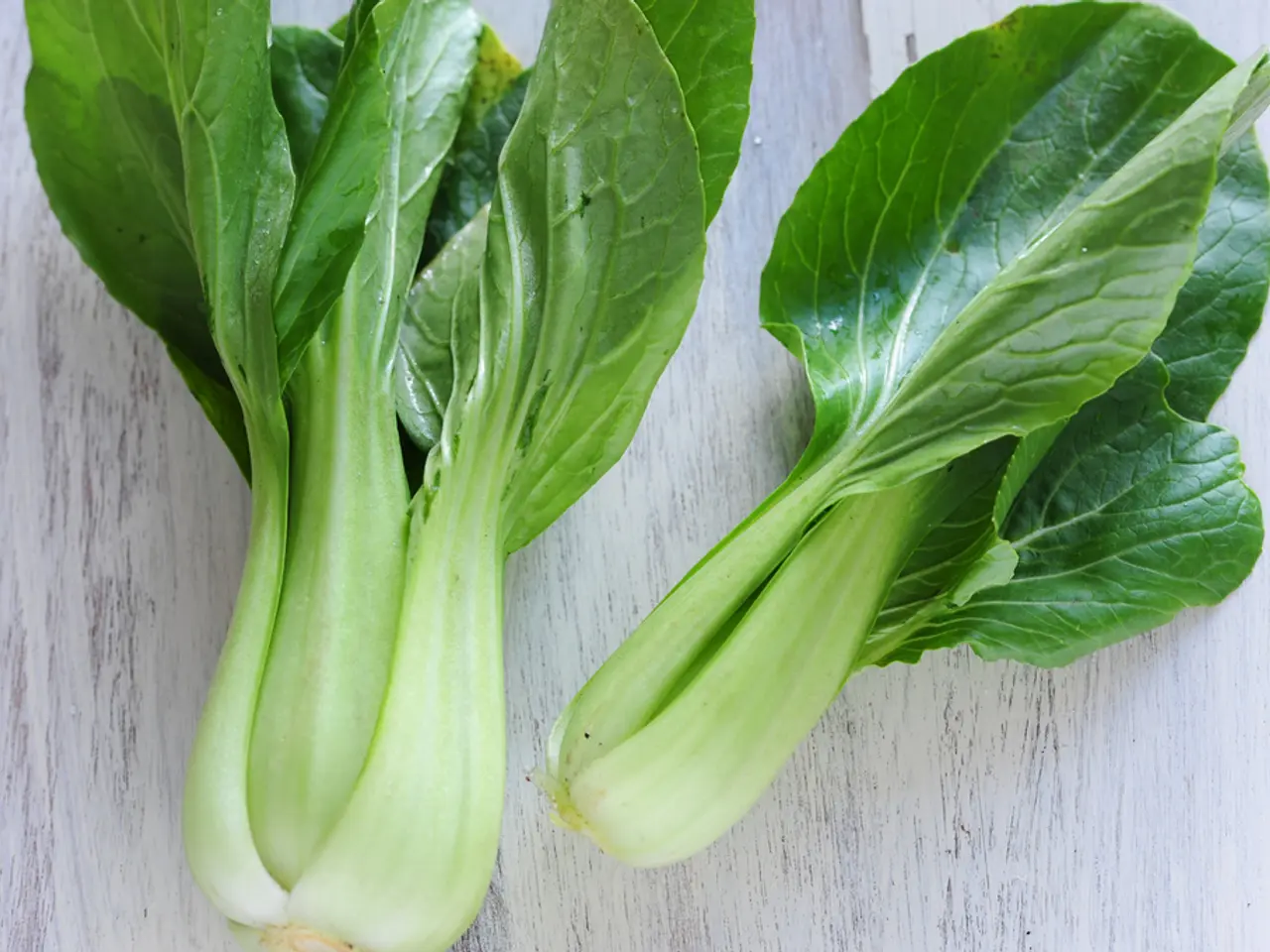Yes, zucchini can indeed be consumed raw. They offer a mild flavor and a slight crunchiness when eaten uncooked.
In the realm of culinary delights, it's essential to be mindful of the potential risks hidden within some of our favourite foods. Here, we explore a few vegetables and their associated toxins, offering tips on how to ensure a safe and enjoyable meal.
The nightshade family, home to potatoes, eggplants, and tomatoes, contains alkaloids that can be harmful to humans. However, the specific toxicity varies. For instance, overripe, green, or damaged parts of these vegetables may contain higher levels of solanine, a toxic alkaloid found primarily in the skin and green parts of potatoes, as well as in sprouts and their vicinity in the tubers. Through sufficient heating of at least 15 minutes, these toxic substances are converted into a harmless chemical form. On the other hand, the alkaloid tomatine found in the red flesh of tomatoes is less harmful than solanine in potatoes and eggplants.
Raw zucchini can occasionally contain bitter substances known as cucurbitacins, which can be toxic in large quantities. While rare, consuming overly bitter zucchini can lead to adverse side effects such as stomachaches. To avoid these substances, always taste a small piece of the zucchini before preparing it. If it tastes too bitter, it's best to avoid using it. Opt for fresh, younger zucchinis, as they tend to have less bitterness than older ones. Cooking the zucchini can also help reduce bitterness, as heat may break down some of the bitter compounds. Remember to remove the stem of the zucchini, as it contains a bitter, milky substance.
Legumes, such as peas, beans, lentils, chickpeas, should not be eaten raw. They contain toxic substances that lose their effect through heating. These substances can cause headaches and gastrointestinal problems, and in the worst case, consumption can lead to fatal poisoning.
Rhubarb should not be eaten raw due to its oxalic acid content. Wild edible mushrooms can be infected by the fox tapeworm and should not be eaten raw. Elderberries contain the toxin sambunigrin that is only destroyed by cooking.
Decorative pumpkins, often sold for Halloween, may contain cucurbitacins and are not suitable for consumption. On the other hand, white and green asparagus can be eaten raw, but white asparagus should be peeled first due to its tougher skin.
It's important to note that some people may be sensitive to eating too much raw vegetables and should drink plenty of water and gradually introduce a raw food diet.
The zucchini was originally cultivated in America before making its way to Europe and becoming naturalized there. Italy was one of the first European countries to integrate the zucchini into its cuisine, where it was given its name, which means "little pumpkin" in Italian.
By following these simple guidelines, you can enjoy your favourite vegetables while minimizing the risk of consuming harmful toxins. Happy and safe cooking!
- In light of the potential health risks associated with certain foods, it's crucial to implement a community policy that educates people on the toxins found in certain vegetables and health-and-wellness practices to mitigate them, such as cooking certain vegetables like the nightshade family and legumes to eliminate harmful alkaloids and toxic substances.
- Furthering our understanding of food safety, scientific research plays a significant role in identifying the presence of toxins in vegetables like zucchini and leaves room for the development of health policies that encourage the consumption of safer, healthier produce, such as testing for bitter substances and recommending cooking methods to reduce bitterness and potential hazards.




